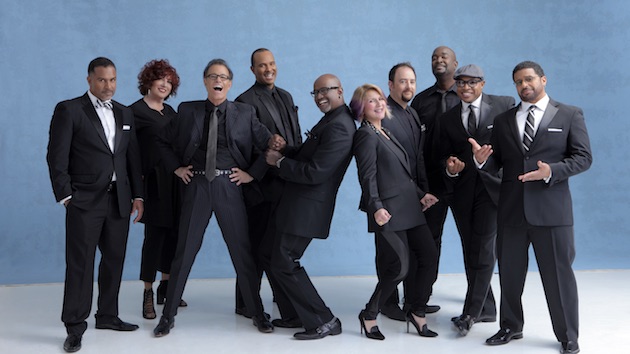
There’s something primal about singing. For the singer, it releases endorphins and oxytocin inside the brain, creating feelings of pleasure and alleviating stress. For the listener, mirror neurons in the brain can pick up the emotions of the song, happy or sad, transmitted by singers in a live performance, and create a pleasurable, moving, and even healing experience.
Vocal harmony groups have been popular in America for decades. Beginning around the 19th century, gospel groups emerged from churches and barbershop quartets took shape. Both male and female vocal groups began popping up, including groups like the Ink Spots, the Lennon Sisters, the McGuire Singers, the Hi-Lo’s, the Mills Brothers, and the Andrews Sisters, who were popular around the time of World War II. In the 1950s, the groundbreaking trio of Lambert, Hendricks & Ross showcased a brand-new vocal style called vocalese, where jazz singers imitated instruments with their voices. With hits like “Twisted” and “Cloudburst,” they paved the way for a whole new sound to emerge.
Influenced and inspired by all that came before them, The Manhattan Transfer arrived on the scene in the early ’70s. They became wildly popular with their innovative, energetic mix of jazz, boogie woogie, bop, and vocalese that earned them 10 Grammys for their exhilarating renditions of songs like “Birdland,” “Route 66,” and “Twilight Zone.”
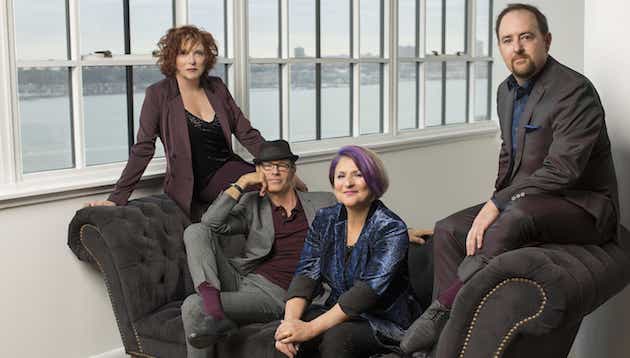
Another group burst onto the scene in the ’80s, the six-man Take 6. Recognized for their original and compelling blend of gospel, pop, jazz, R&B, doo-wop, and blues, the group has garnered numerous awards, including 10 Grammys and 10 Dove Awards.
The two groups toured together in 2017, and that same year they were the subject of a PBS special titled The Summit, which was recorded in front of a live studio audience in Chicago. It was such a fantastic collaboration, they are touring together again. “The Summit: The Manhattan Transfer Meets Take 6,” was scheduled to be at Cal Performances at Zellerbach Hall in Berkeley on March 20, but has been canceled due to potential spread of the coronavirus.
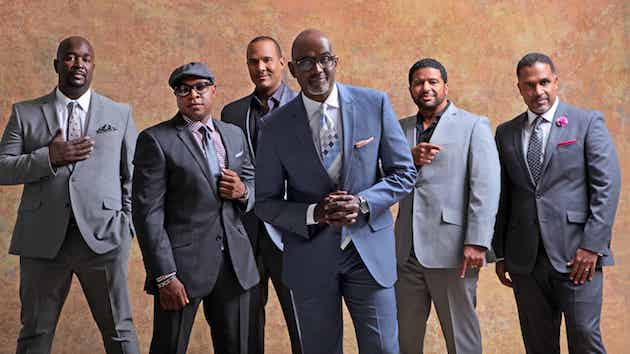
The Manhattan Transfer was founded in New York City by singer Tim Hauser in 1972 (he passed away in 2014). Though it has gone through a few personnel changes over the years, the quartet currently consists of Cheryl Bentyne, Alan Paul, Trist Curliss (who replaced Hauser), and Janis Siegel, one of the original members of the group. She has penned some of the group’s Grammy Award-winning arrangements.
Alongside a successful solo career, Siegel has remained in the group from the very beginning. “It’s definitely a family vibe and dynamic — we see the best and worst of each other, but we really all love singing harmony,” Siegel commented by phone. “We know each other well and we could push each other’s buttons if we wanted to, but I think there’s a respect at the bottom of it. We’ve had so many amazing experiences together. It’s such a beautiful thing — I don’t think any of us really wants to give it up, we just want to make it the best that we can.”
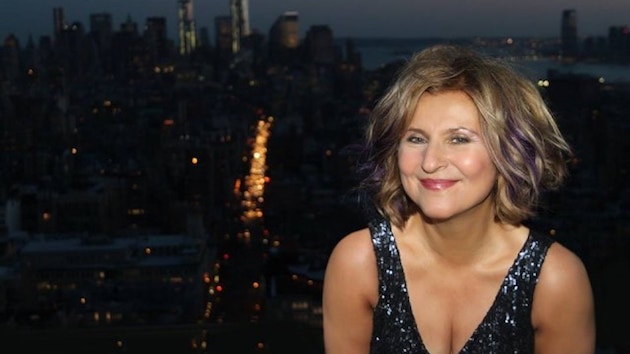
Claude McKnight founded Take 6 on the campus of Oakwood College (now University), a 7th Day Adventist school in Huntsville, Alabama, which many of his family members had attended. “I started as a freshman, so I was literally 17 years old,” explained McKnight by telephone. “At the time, we were basically doing barbershop style stuff. Over the years, we went through a bunch of different guys, and then we came upon a lineup that just seemed to really click.” After hearing about a showcase in Nashville through a friend, which was only 30 minutes away, they decided to give it a shot. “We went there and did the showcase, and literally got our deal that day,” said McKnight. “And 20 days later we started recording our album, before we had even signed the deal. It was just a whirlwind!” The all-male sextet includes McKnight, brothers Mark and Joey Kibble, Dave Thomas, Alvin Chea, and Khristian Dentley.
The group is now in its 37th year, and McKnight explains that friendship and respect have kept the band together. “I think it’s the fact that we actually like each other. You have to understand and learn and want to be able to resolve conflicts in ways that are healthy. “We’re family — we’ve been together more than half our lives. The other part of it is that we’ve always felt that we were brought together spiritually.”
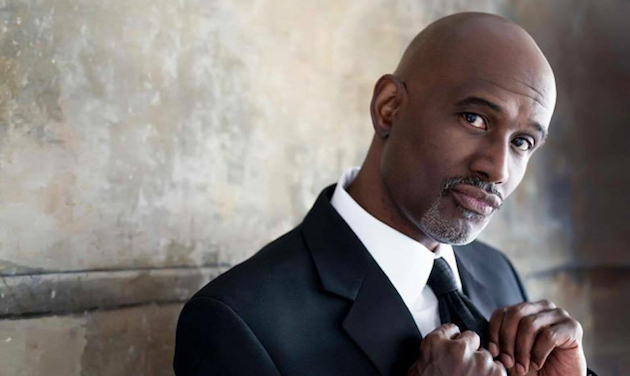
The two groups have many things in common, and one of them, not surprisingly, is the joy of singing in a group. “I love to sing harmony,” exclaimed Siegel. “You can do it by yourself, or in the studio with the help of electronics, but really, there’s nothing like it live, in real time, singing with people and being in the middle of a chord. That’s where I love to be.”
McKnight is equally enthusiastic. “No matter what happens with technology, you can’t duplicate the human voice. And because voices come out of humans, every one is very different. Even your own voice is different depending on how you are feeling — emotionally and physically. So to be in a vocal group is the closest thing you can do to being in heaven as far as music is concerned. And we’ve got six people, so everything I just said is times six. On any given night or even just at a rehearsal, you can get goose bumps singing something you’ve sung 100 times before, but just this time is different in some way.”
And they’re not alone in their thinking. Singing really is primal — part of our DNA. “From prehistoric times, before instruments were created, people sang. And like birds and crickets, and whales, we used our voices to communicate — through tone, pitch, and through melody,” said San Francisco-based singer, arranger, and teacher Deke Sharon. Dubbed the “guru of a cappella” by The New York Times, he has been heavily influential in creating a resurgence of interest and enthusiasm in the world of a cappella singing. His heavyweight vocal credits include being the arranger, on-site music director, and vocal producer for the three extremely popular Pitch Perfect movies, and the producer of the wildly successful NBC TV show, The Sing Off.
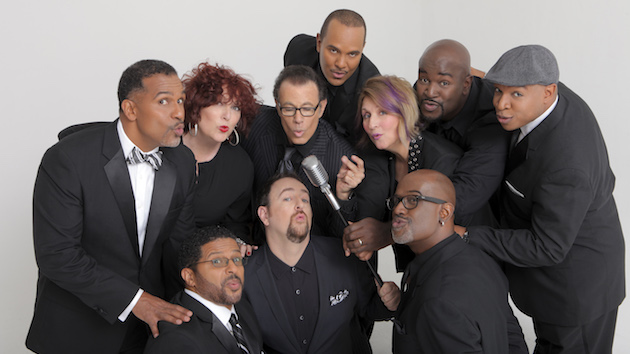
Sharon believes that vocal music groups are experiencing a renaissance in the 21st century. “It’s huge, and kids are flocking to sing in choirs again,” he said. “It’s become a new cool thing and a part of popular culture. Everybody knows what the word a cappella means. And they are not thinking of a classical ensemble or four guys in pinstripe vests, they are thinking of people singing with handheld microphones and cool moves. From The Sing-Off, we launched a lot of professional groups, and one of them was Pentatonix. They are one of the biggest a cappella touring acts out there — they are filling arenas and stadiums, and have more followers on YouTube than Beyoncé.”
One reason that both of these groups have lasted so long is their eclectic repertory, which continues to grow, and keeps their sound fresh. “It’s always been a big mix from the very beginning, so we’ve been really, really hard to put into a box. We just do what we do, and don’t chase a genre or a certain type of fan,” said McKnight. But we’ve always made sure that what we do is uplifting and spiritually based.”
“I think the reason it has lasted so long is because of the original concept,” said Siegel, “which is not to define ourselves necessarily — to call ourselves a jazz or pop vocal group, but just a vocal group that explores the different facets of American music. And oddly enough, one of the big influences of the group in the sense of eclecticism was the Kingston Trio. They did American folk music, but they also explored folk music from all over the world, so they kept it really interesting with their choice of material.”
Interestingly, each group has a completely different approach to learning the music. “Take 6 doesn’t use charts — it was fascinating and absolutely mindboggling,” exclaimed Siegel. “It all comes from the mind of Mark Kibble — he’s amazing. He stands in front of the piano and noodles and thinks, and thinks some more, and then puts his hand on the piano and starts playing somebody’s part — and they learn it. They eliminate the whole step of writing it down, reading the written page and memorizing it. They go directly to the memorization.”
“The Transfer reads all of their stuff,” said McKnight. “That’s how they learn and rehearse. But Mark figures it out in his head and transfers it to his fingers and we learn by rote, which for us has always been the best method. Even though we all read, we don’t have to wean ourselves away from a score. We are all there right by the keyboard learning those chords, how they fit together, and how the guy’s part next to you fits with yours.”
So how did they work out the arrangements?
“First of all, it’s always about what the song is asking for,” explained McKnight. “And then you figure out how many voices you need to carry that out. That doesn’t mean that all ten voices are singing different harmonies all the time. It might literally mean that they’re doing a section, and then we’re doing a section, and then you break it down and there’s three people or just a solo thing happening — because you always serve the song. You use whatever tools you need to make it work.”
The two groups came together because they share the same management company, which came up with the idea of the joint tour. The experience has been, and continues to be an uplifting and enjoyable experience for all. “First and foremost, they’re amazing people. They’re all beautiful men and fantastic musicians,” said Siegel. “Every single one of them is just spectacular. I have to up my game every night, singing on the stage with them.”
“We’ve been mutual fans of each other for our entire careers, so working together ended up being pretty much a no brainer,” said McKnight.
Another reason why these groups are resonating now more than ever is that they are setting a good example of cooperation, trust, and respect between people of different ages, races, and styles. This is helping to counteract the current climate so heavily clouded by fear, mistrust, and hatred.
“If you’re watching a group of people onstage, like Manhattan Transfer and Take 6, you’re seeing people of different backgrounds, ages, and races all up on stage together, connecting and making something that’s more beautiful than any one of them could do on their own,” said Sharon. “And you have to go see it live,” he added enthusiastically. The experience of hearing and feeling it in the room is transformative.
It’s one of the best ways in which we can connect to the experience of small community and tribe — people leave a concert like this with their hearts full.”




